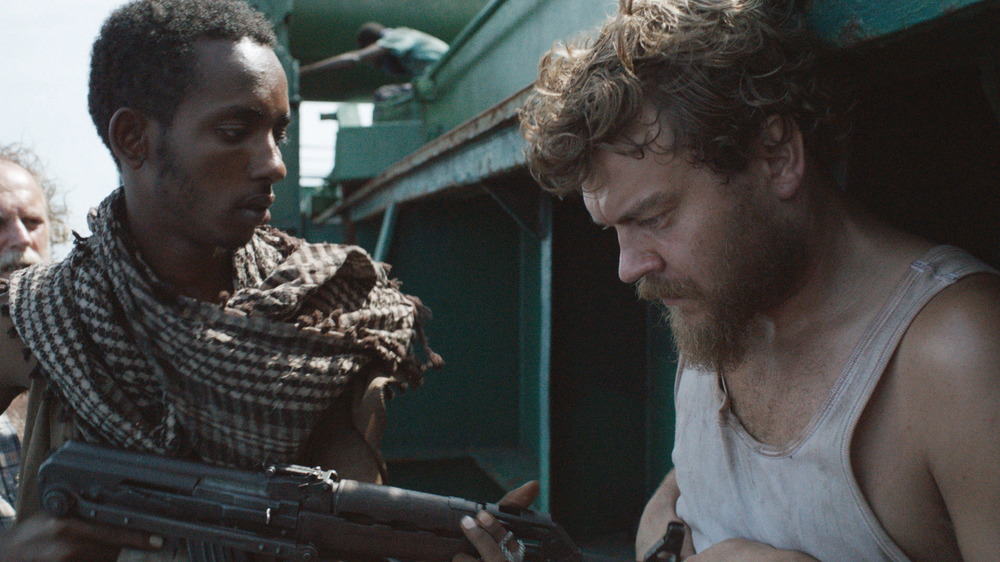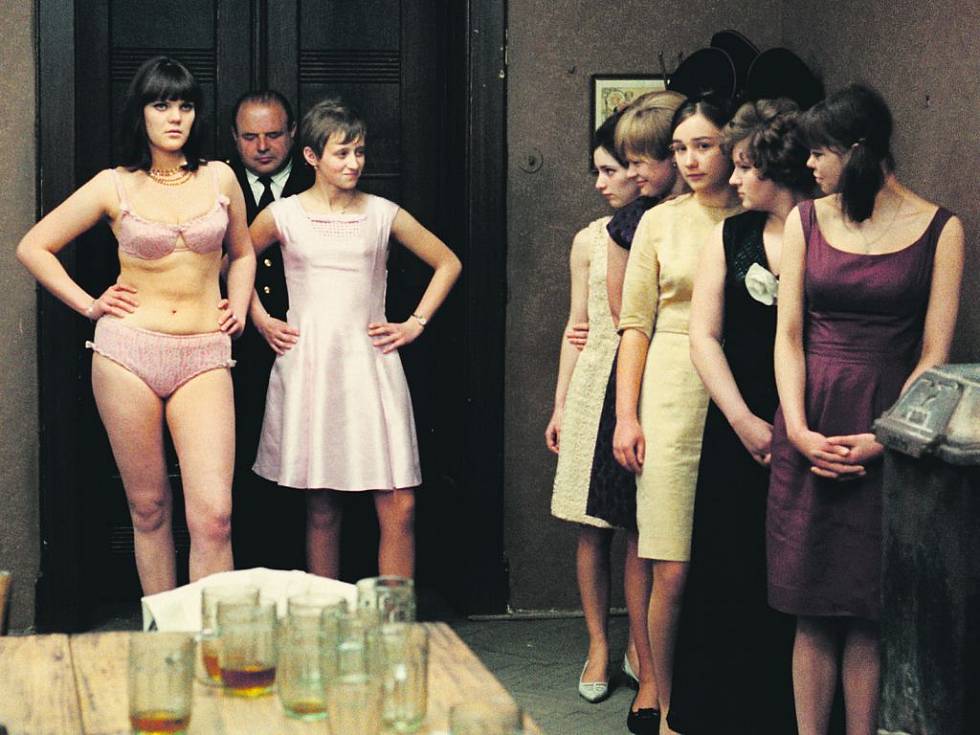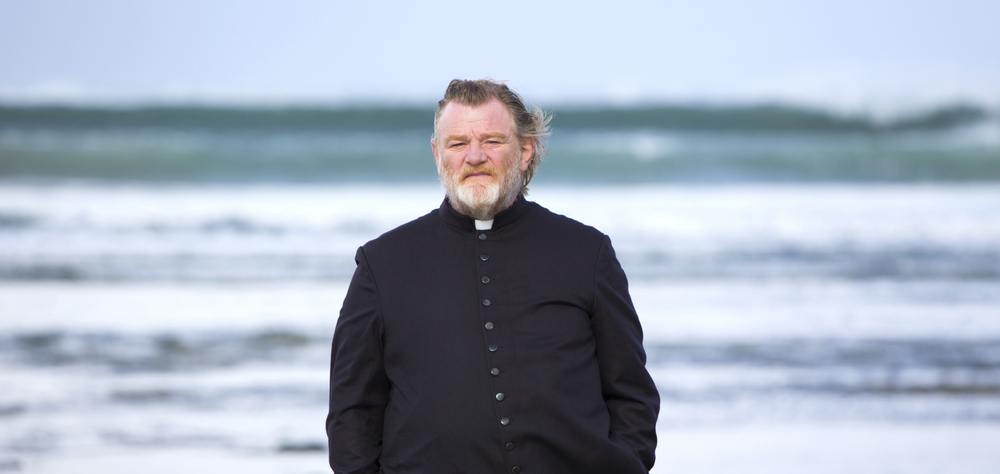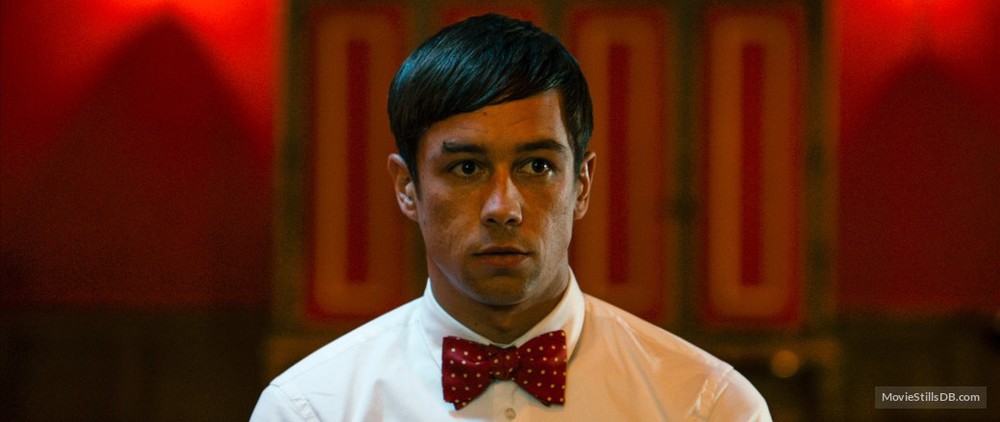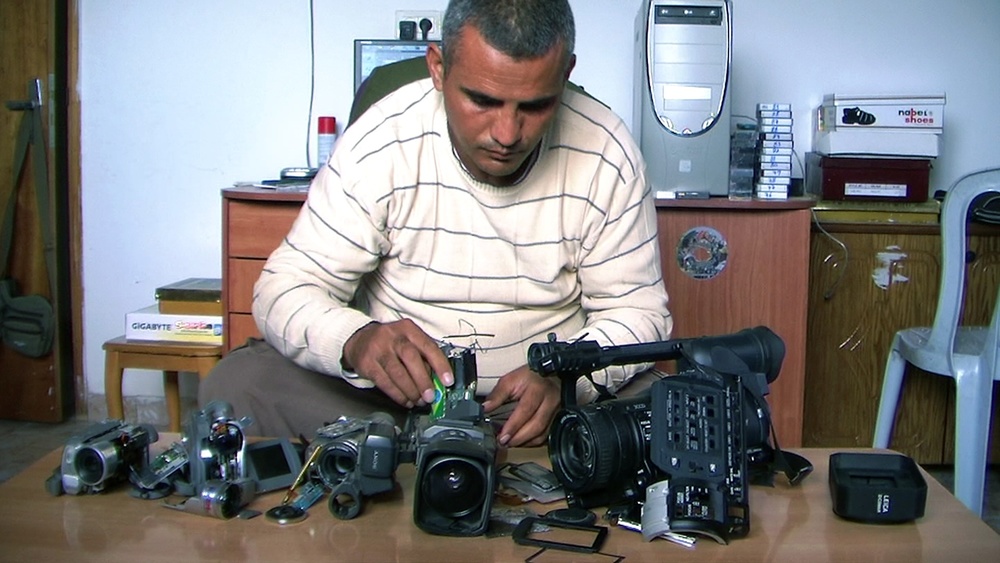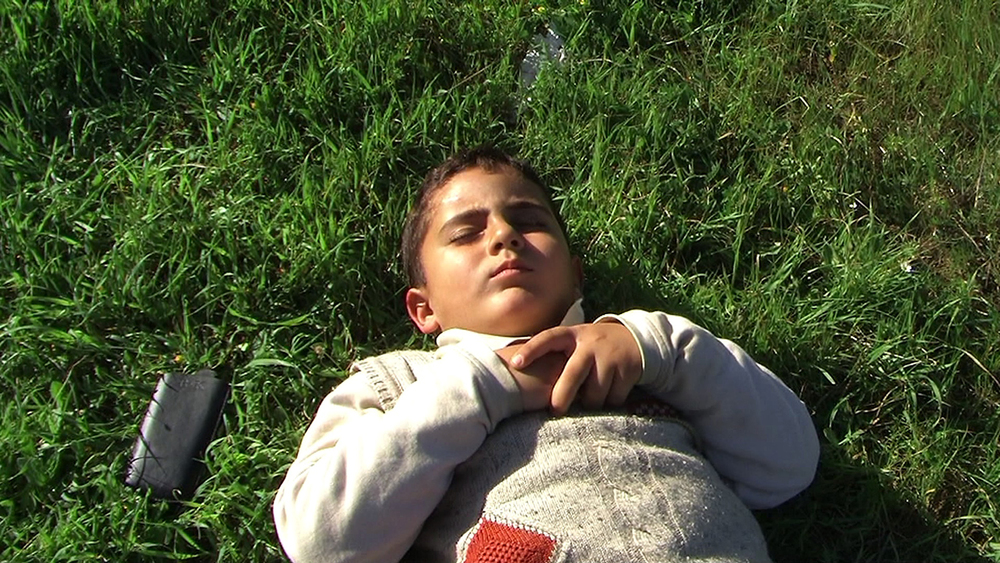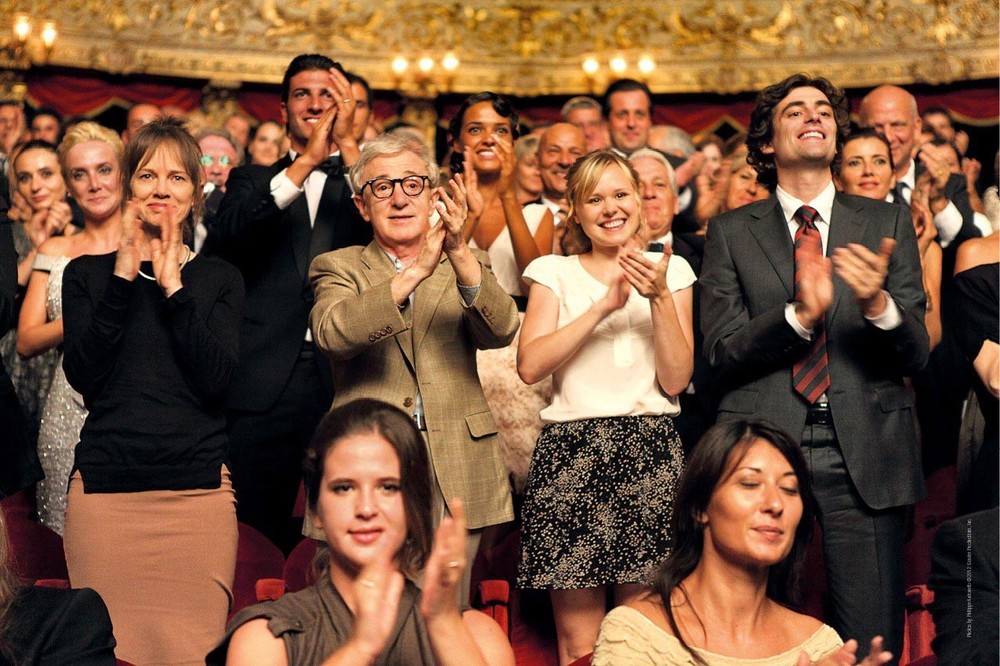A Hijacking is available for streaming on Netflix.
(This review was originally published in the Sight & Sound magazine under my maiden name Anna Fomicheva.)
The shaky opening shots of the Danish drama A Hijacking immediately introduce a slight sense of sea-sickness and discomfort as we see one of the film’s protagonists, the ship’s cook Mikkel, making a phone call to his wife and daughter. The nauseating confines of the ship and the brief but touching exchange between Mikkel and his family - the speakerphone underlining the lack of privacy - are all we need to be emotionally hooked.
Such sleight of directorial hand is further on display as we are next introduced to the film’s second protagonist, Peter, the CEO of the shipping company. Peter’s environment is all pristine office rooms and corridors, while his language is all tough and competitive corporate speak. When he wins a bidding war against a group of Japanese businessmen his macho smugness is repulsive because it is so recognisable. This bidding war and its arrogant negotiation tactics is soon echoed in a whole new context as Somali pirates hijack the ship and the film develops into an excellent procedural thriller.
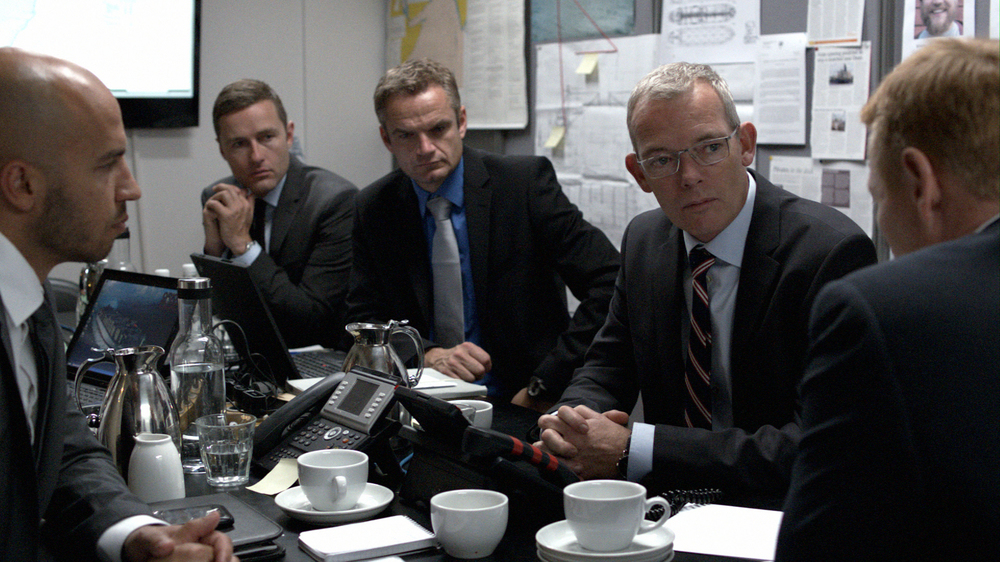
A Hijacking is the second film directed by Tobias Lindholm, best known to British audiences as the scriptwriter of last year’s superb The Hunt and the acclaimed TV series Borgen. The two leads will also be familiar to those who are following the current Renaissance of Danish film and TV drama – Peter is played by the impressively versatile Søren Malling from The Killing, Borgen, and A Royal Affair; and Mikkel is played by Johan Philip Asbæk from Borgen as well as R. The latter is Lindholm’s 2010 directorial debut and another exploration of male tensions and survival tactics in a confined space, in this case a prison.
The visual style of A Hijacking is recognisable from Lindholm’s previous work - claustrophobic framing, disorienting cuts and generous use of close-ups, none of which is breaking new ground but the style is deftly employed to create tension and a sense of panic. We never see how the ship is hijacked and we don’t need to, as the post-hijacking scenes on the ship are distressing enough: oppressive both visually and sonically, and without one drop of blood. In fact, the film’s only weakness is an unnecessary shedding of blood at the very end, which feels as though the producers thought the desired emotional impact could not be achieved without senselessly killing off an innocent character.

In interviews Lindholm has stressed that he always strives for realism in his work. He filmed A Hijacking on a genuine cargo ship, in fact a ship that had been hijacked by pirates in the past. He also cast a professional pirate negotiator, initially brought in as an advisor, in the role of a professional pirate negotiator. All of this must have been helpful on the set, but what really impresses about the film is the masterful concision of form and precision of characterisation. This allows Lindholm to focus on the complexities of the situation and the nitty-gritty of the psychological game at hand. The film’s exploration of the power structure between the pirates, crew, and shipping company is intricate and ambiguous as one’s loyalties and sympathies keep shifting with every new development.
The pressure on the CEO and his emotional involvement are clear, but one cannot help but feel some resentment towards him, his team, and their world of office desks and pie charts as the film cuts between their cynical discussions of how to save money on the ransom and the increasingly desperate situation on the ship. The big and objective picture is difficult to grasp and the film is not interested in providing it, but the bitter aftertaste of global socio-economic inequality left by this struggle between people with money, people with guns and those caught in between is difficult to shake off even as an agreement is reached and the crew returns home.
